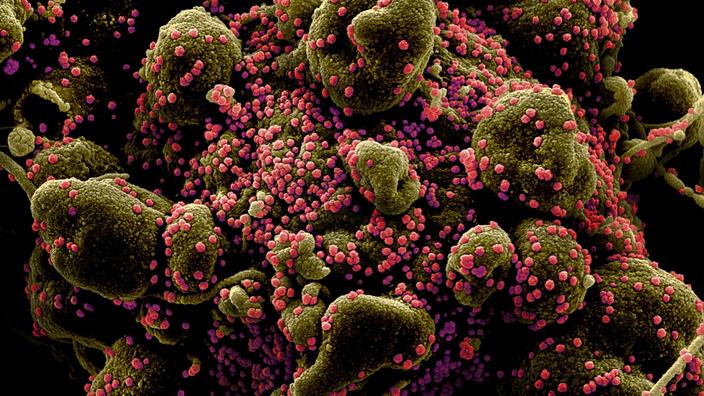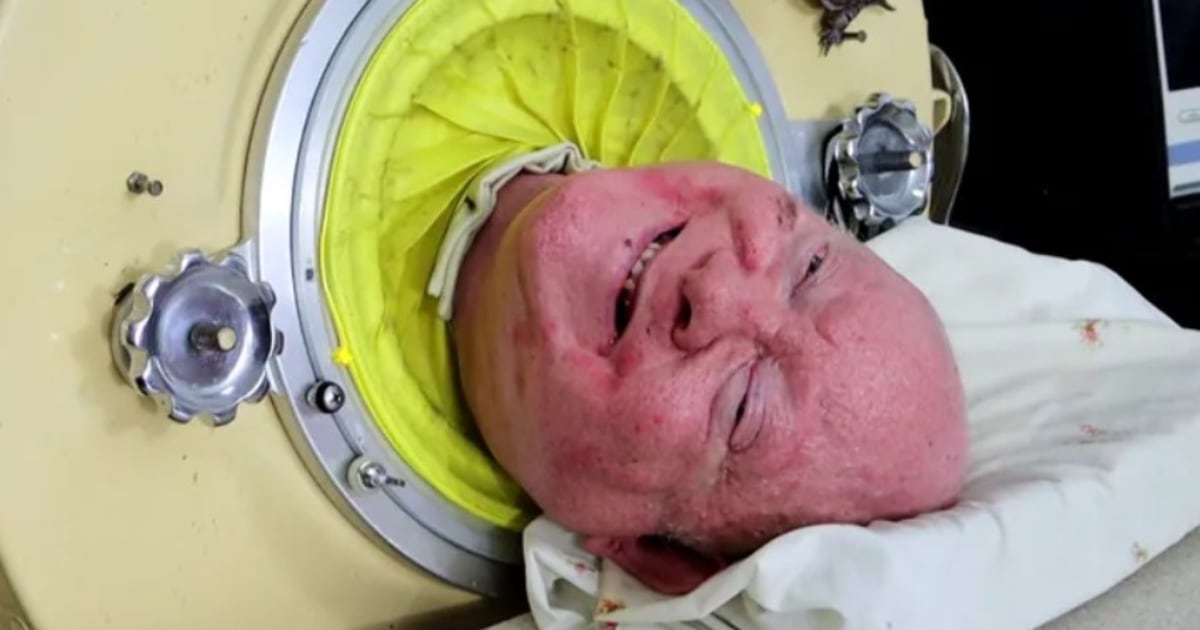On Monday March 15, the Directorate General for Health announced in a press release the appearance of a "
Breton variant
" which would be undetectable in PCR tests.
Information which may seem worrying at first glance, however, the General Directorate of Health (DGS) is reassuring: "
The first analyzes of this new variant do not allow to conclude, neither of a seriousness, nor of an increased transmissibility. compared to the historical virus
”.
Why is it not detectable by PCR test?
Can it spread?
Is it less dangerous than the other mutations of the virus?
Le Figaro
takes stock.
To discover
Test, isolation: the procedure to follow in the event of a suspicion of Covid-19
Read also: Contagiousness, mortality, resistance to vaccines: are the different variants of Covid-19 really more dangerous?
Where and when did he appear?
The “
Breton variant
” was discovered for the first time in the Lannion hospital center, following the revelation of a cluster within the establishment on February 22.
Three weeks later, according to the DGS, "
79 cases were identified, including 8 cases carrying the variant, confirmed by sequencing
".
Lannion hospital on Google Maps Google Maps
Why is it not detectable by TR-PCR?
While people had typical symptoms suggesting infection with SARS-CoV-2, tests on nasopharyngeal samples came back negative.
Asked by
Le
Figaro
, epidemiologist Pascal Crépey, teacher-researcher in epidemiology and biostatistics at the School of Advanced Studies in Public Health, explains that “
this can come from two scenarios: one reassuring, one more worrying
”.
The scenario says
"
reassuring
"
.
If the virus was not detected by the upper airways, it means that it is not there, and therefore that it has migrated quickly to the lungs.
However, if this is the case, it also means that it will be less contagious, because the main route of contamination, by aerosols, will be reduced.
The disturbing scenario.
Negative PCR results can also mean that the virus has mutated enough to no longer be detectable.
This would pose a real problem of detection because it would undermine the entire contact tracing strategy.
Even if the first scenario is more likely for Pascal Crépey, because the virus "
seems to have been detected in the lungs once the deep examinations have been carried out
".
However, a question arises: "
How could it have been at the origin of a cluster if it is less contagious?
», Raises the epidemiologist.
"
The investigation will tell us.
"
Can it spread elsewhere?
“
If a variant escapes detection, it means that it may have already left the area without realizing it
,” begins Pascal Crépey.
However, the cluster has been investigated for a few weeks already, he notes.
Measures have been taken by the local authorities, the prefectures and the regional health agency to curb the spread of the virus, in particular "
by accelerating the vaccination, by recalling the importance of barrier gestures or by limiting gatherings
", writes the DGS in its press release.
"
An epidemiological surveillance of the population has also been carried out
", adds Pascal Crépey: "
The authorities observed possible appearances of symptoms in the surrounding populations and did not detect any suspected case.
The situation seems under control according to him.
What is the “Clade 20C” category of this variant?
In its press release, the DGS mentions the variant derived from "Clade 20C".
In
Le Figaro
, Pascal Crépey explains that this term is used to describe a family of variants, the 20 representing the year of appearance: "
We group together by 'Clade' viruses that are relatively genetically similar, and all these viruses are derived from families 19-A and 19-B, the initial Chinese families
”.
To go further, Mircea Sofonea, lecturer in epidemiology and evolution of infectious diseases at the University of Montpellier, takes the example of a tree: “
by sequencing, we can establish a 'family tree', says' phylogenetics'.
Depending on certain parameters set, you will bring the leaves together — the viruses in the sequenced patients — and then you will notice that certain branches come together at a time.
When you concentrate on these groupings, you will see small groves appear: these are the 'Clades'
. ”
"Variant of interest" or "variant to follow"?
The mutation of a virus is a natural process since it undergoes mutations over time to ensure its survival.
At this stage, three variants in the world are considered to be of particular concern: those that have been detected in England, South Africa and Japan - called the Brazilian variant, because spotted on travelers coming from Brazil -.
There is a second category of variants, watched by the international scientific community because of their potentially problematic genetic characteristics.
In this category, "
we are going to study the mutant is more severe, if it is transmitted more easily or if it escapes immunity,
" explains Pascal Crépey.
“
Before we can know if a variant is more severe or transmissible, we need to investigate the cases and carry out surveillance.
This is what happens for the Breton variant.
"















